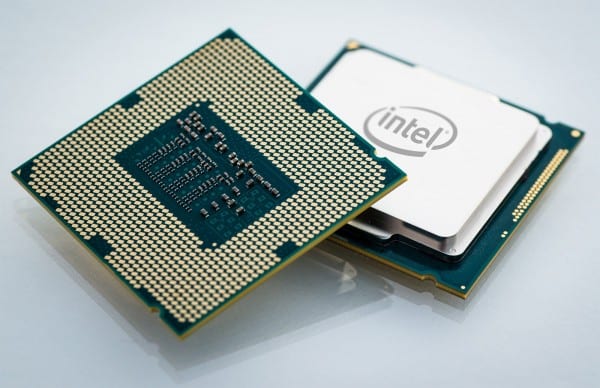William Holt, who leads the company’s technology and manufacturing group, said this week that if chips will have to continue improving, Intel will have to use a variety of new technologies in order to achieve this feat. However, these new technologies will have different results; much different according to our expectations. Future processors and chipsets are going to be used for a variety of different applications, which includes cloud computing, mobile devices, and robotics. Intel cofounder Gordon Moore made the Moore’s law in 1965, and those chips have functioned under those laws. Moore proposed that companies should double the number of transistors on a given area of a chip every two years in order to keep making better performing chips without reaching unsustainable costs. The company and several others have successfully managed to produce processors with ever greater numbers of ever smaller and cheaper silicon transistors in order to that law alive and at the same time, these transistors have become more efficient to the point that they have been incorporated in mobile devices, and hybrids. However, Holt believes that it is high time that things should take a turn as he states the following: The next manufacturing process on which processors are going to be manufactured on is the 10nm FinFET, and hopefully this time, Intel will not be delaying out on its next-generation chips. Technologyreview
